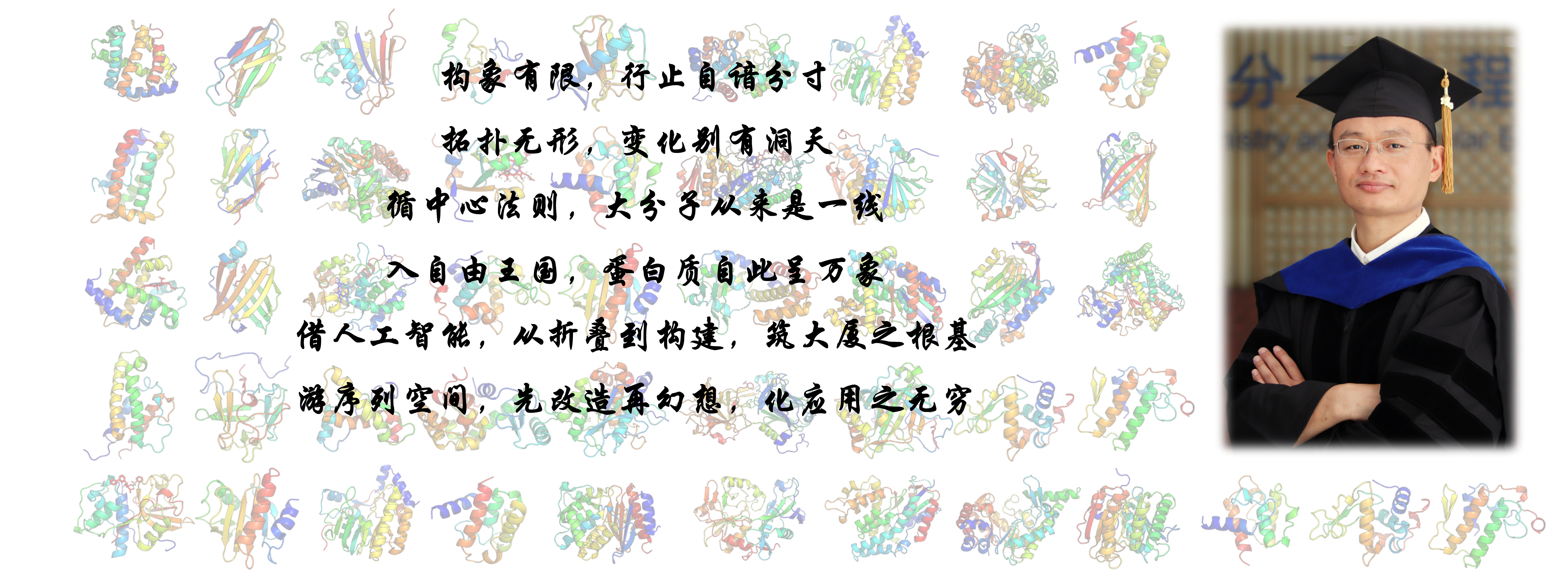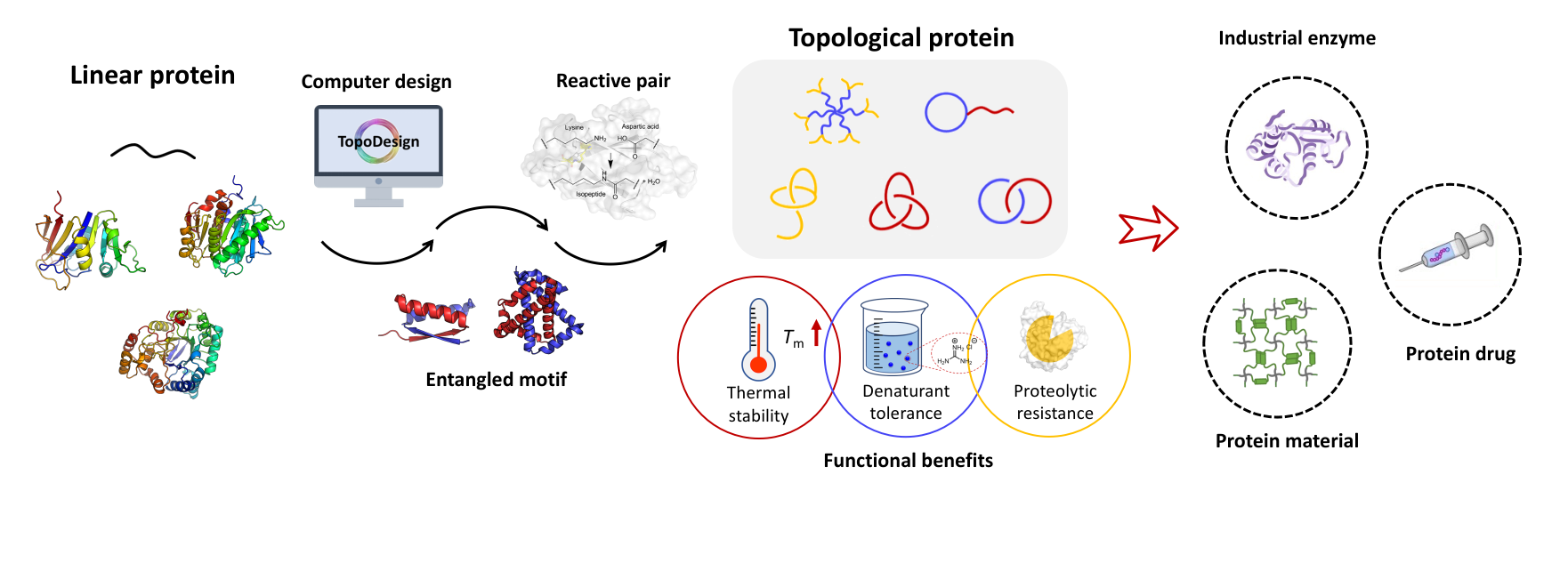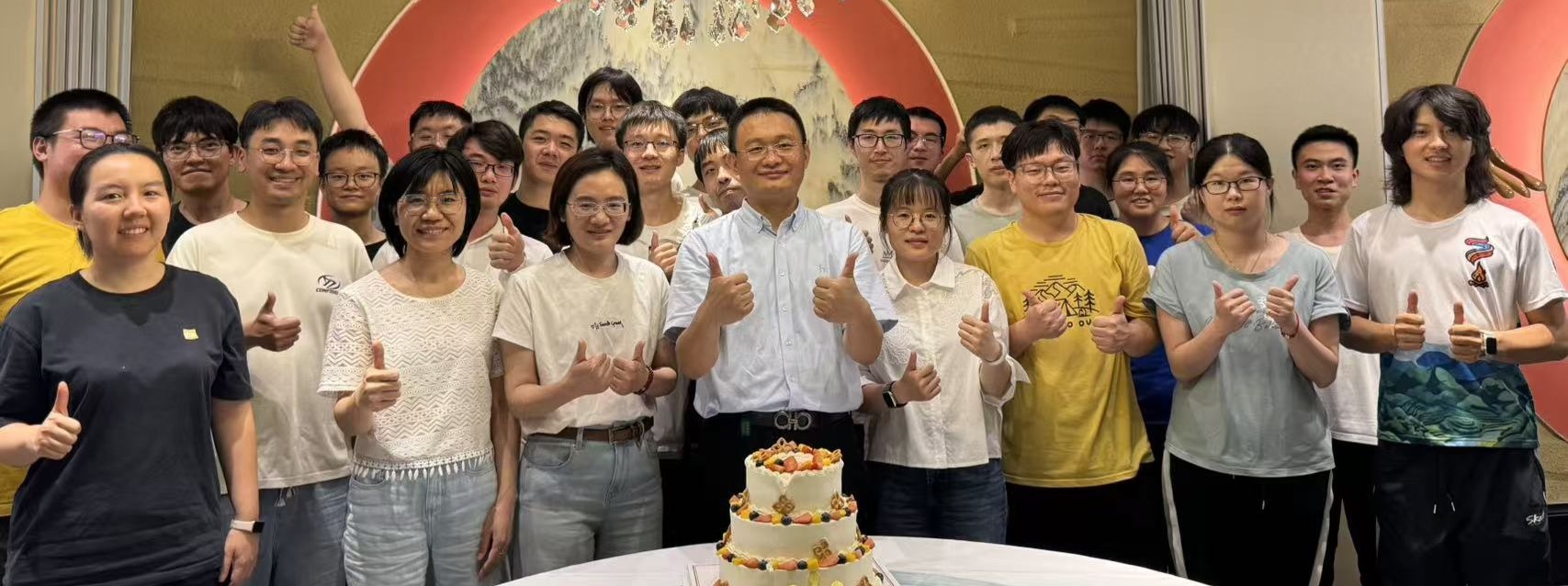Quotes
----------------------------------------------
-----------------------------------------------
在科学上没有平坦的大道,只有那些不畏艰险沿着陡峭山路攀登的人,才有希望达到光辉的顶点。
----马克思
-----------------------------------------------
Research Projects
Collaborations
------------------------------------------
请有兴趣的研究组联系我们。欢迎任何形式的合作,尤其是在自组装、水凝胶以及生物医药等方向的合作。
------------------------------------------
请有兴趣的研究组联系我们。欢迎任何形式的合作,尤其是在自组装、水凝胶以及生物医药等方向的合作。
------------------------------------------
Publications
48. Two-Dimensional Nano-crystals of Molecular Janus Particles. J. Am. Chem. Soc., 2014, 136, 10691-10699
Posted on:2016-04-27
Liu, H.; Hsu, C.-H.; Lin, Z.; Shan, W.; Wang, J.; Jiang, J.; Huang, M.; Lotz, B.; Yu, X.; Zhang, W.-B.;* Yue, K.;* Cheng, S.Z.D.* Two-Dimensional Nano-crystals of Molecular Janus Particles. J. Am. Chem. Soc., 2014, 136, 10691-10699. [Link] [PDF]

Abstract
This paper describes a rational strategy to obtain self-assembled two-dimensional (2D) nanocrystals with definite and uniform thickness from a series of molecular Janus particles based on molecular nanoparticles (MNPs). MNPs are 3D framework with rigid shapes. Three different types of MNPs based on derivatives of polyhedral oligomeric silsesquioxane (POSS), [60]fullerene (C60), and Lindqvist-type polyoxometalate (POM) are used as building blocks to construct these amphiphilic molecular Janus particles by covalently connecting hydrophobic crystalline BPOSS with a charged hydrophilic MNP. The formation of 2D nanocrystals with an exact thickness of double layers of molecules is driven by directional crystallization of the BPOSS MNP and controlled by various factors such as solvent polarity, number of counterions, and sizes of the MNPs. Strong solvating interactions of the ionic MNPs in polar solvents (e.g., acetonitrile and dimethylformamide) are crucial to provide repulsive interactions between the charged outlying ionic MNPs and suppress further aggregation along the layer normal direction. The number of counterions per molecule plays a major role in determining the self-assembled morphologies. Size matching of the hydrophobic and ionic MNPs is another critical factor in the formation of 2D nanocrystals. Self-assembly of rationally designed molecular Janus particles provides a unique “bottom-up” strategy to engineer 2D nanostructures.






